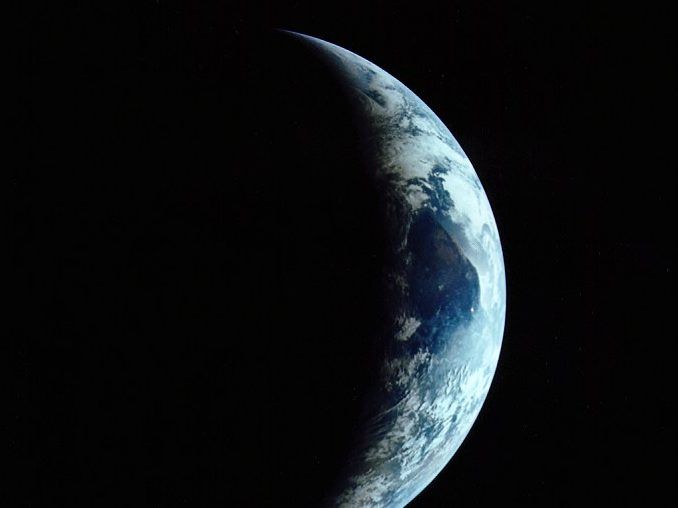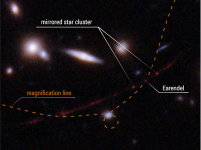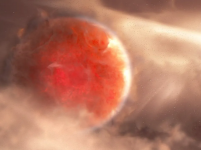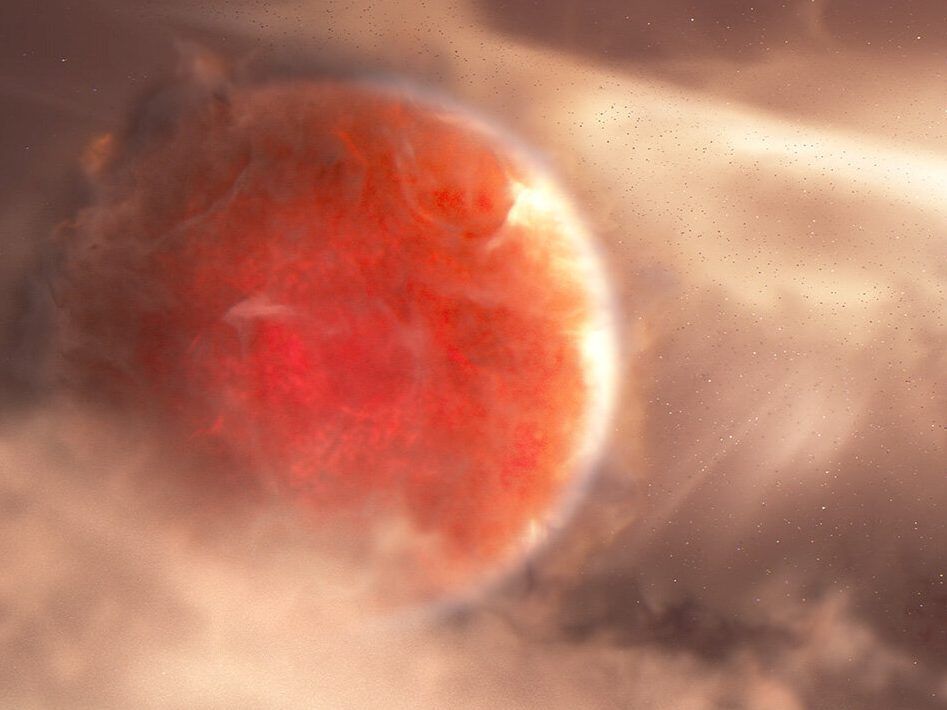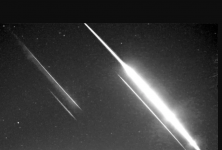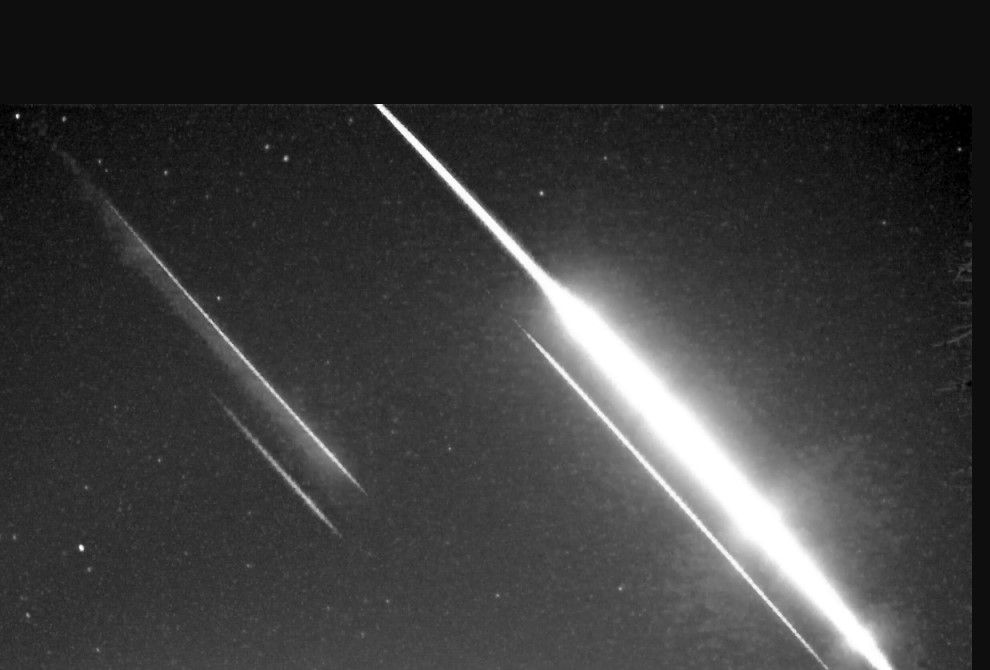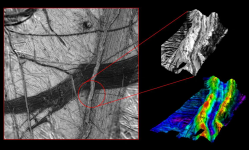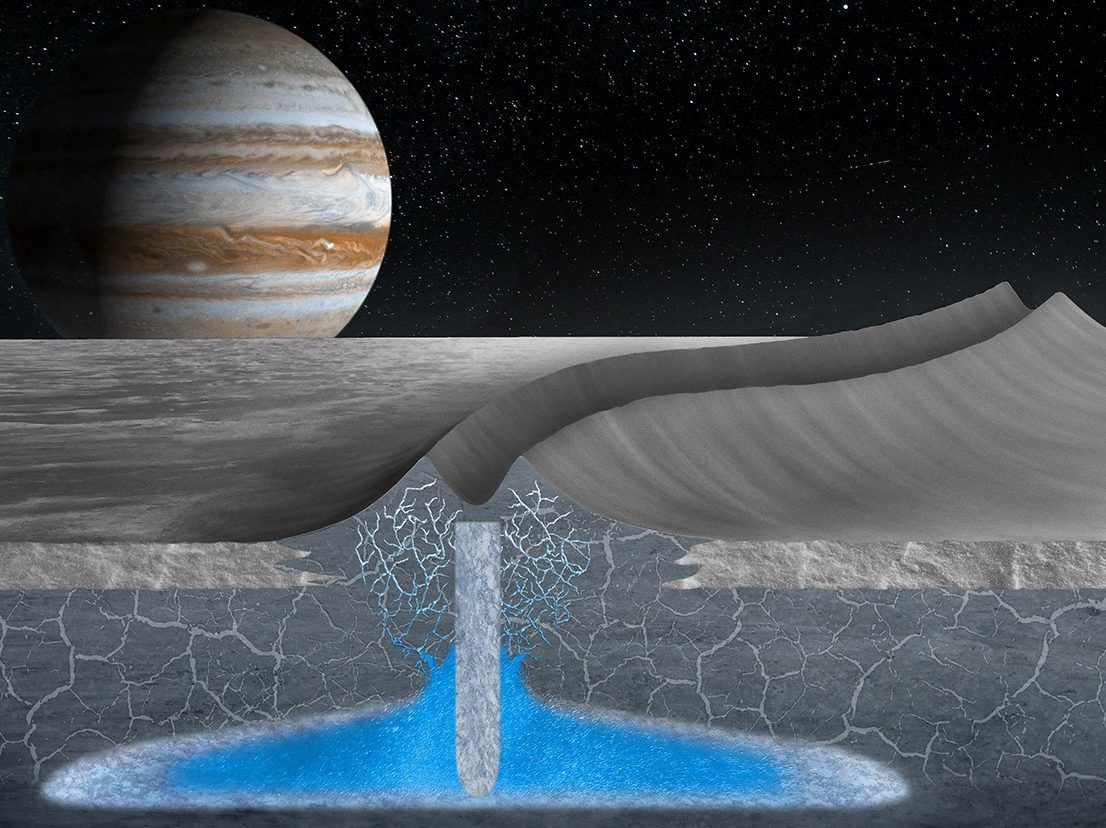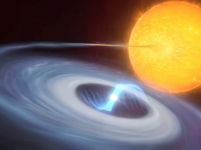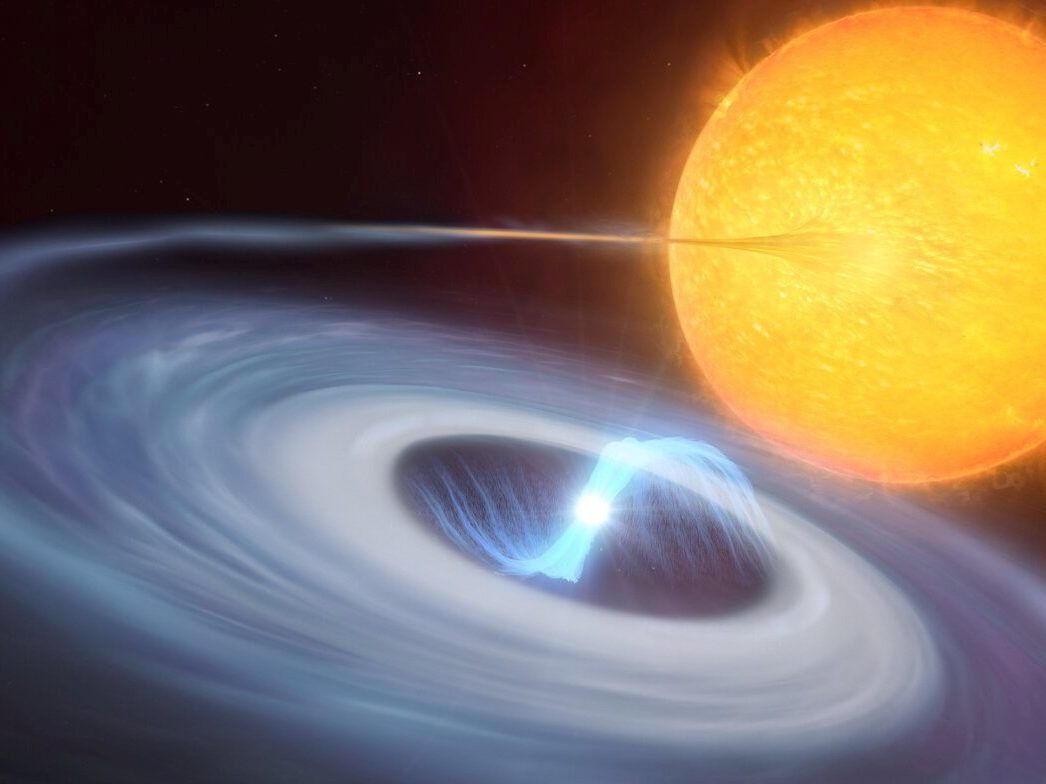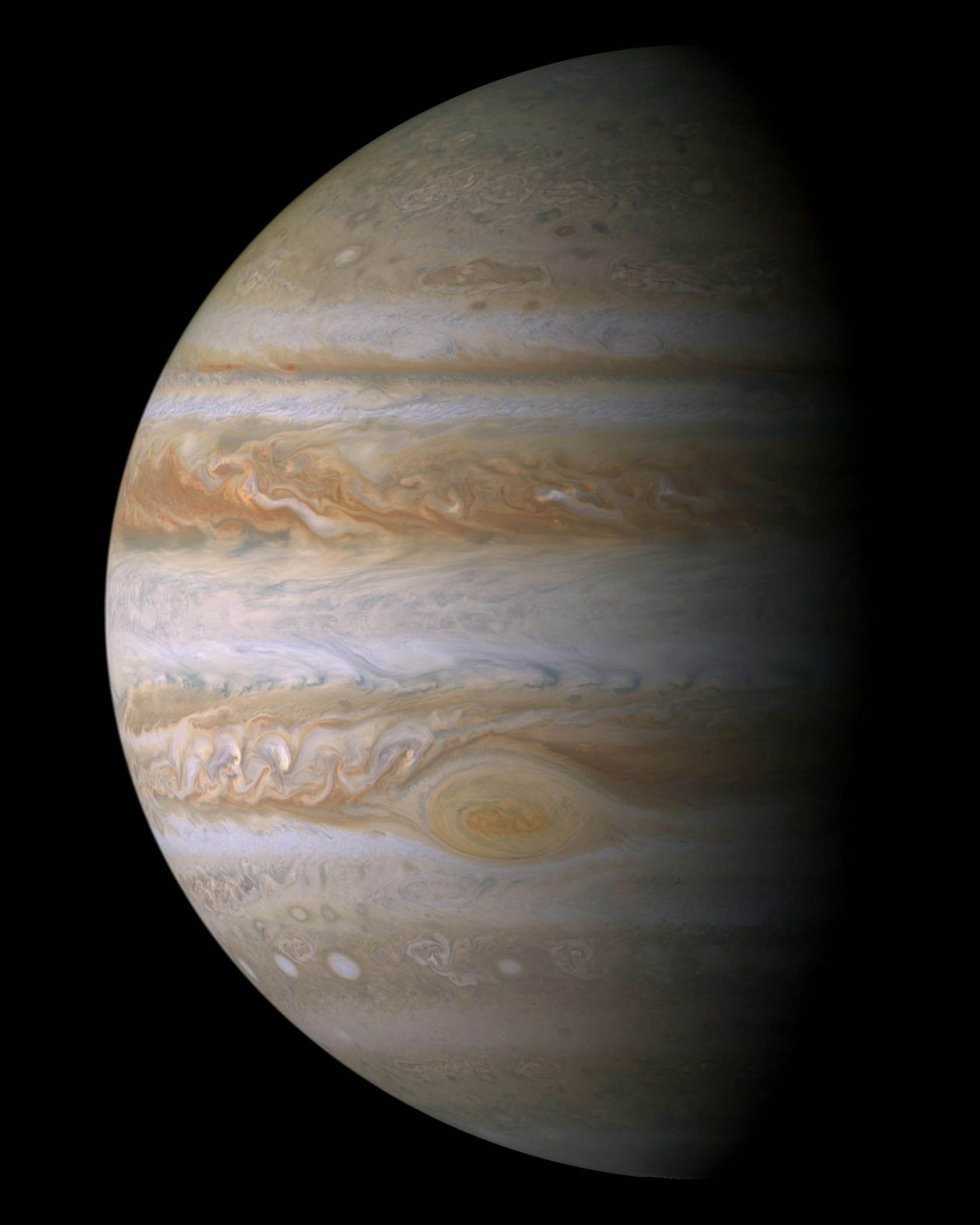Asteroids rarely discovered prior to impact with earth
Author of the article:Liz Braun
Publishing date:Mar 15, 2022 • 14 hours ago • 2 minute read • Join the conversation
An asteroid hit the Earth a few days ago — with only two hours warning
An asteroid hit the Earth a few days ago — with only two hours warning PHOTO BY @SPACEDOTCOM /Toronto Sun
Article content
Will we all be killed by falling asteroids?
Advertisement 2
STORY CONTINUES BELOW
Article content
An asteroid hit the Earth a few days ago — with only two hours warning, according to the New York Post.
Hungarian astronomer Krisztian Sarneczky, at the Konkoly Observatory near Budapest, identified a small asteroid hurtling toward earth that eventually came down just north of Iceland.
Called 2022 EB5, the small object was moving at 18.5 kilometres a second, a speed so intense that the asteroid vaporized upon entering Earth’s atmosphere. It’s unknown whether any pieces of the asteroid actually struck the ground.
But since some people in Iceland reported hearing a boom and seeing a flash of light, however, the International Meteor Organization has sought witnesses.
If the small meteor had struck the Earth, it would not have caused much damage, given its size.
According to earthsky.org, Sarneczky’s discovery of the meteor before it entered the Earth’s atmosphere is only the fifth time an asteroid has been discovered before impact.
Advertisement 3
STORY CONTINUES BELOW
Article content
This prompted astronomer Marian Rudnyk to tweet that the rarity of these pre-impact discoveries “shows just how dangerous they are & how vulnerable we are.”
It’s a theme Hollywood has explored in the past.
So has NASA. A recent report from the space agency outlines the results of a simulated asteroid impact response, sponsored by NASA and the Federal Emergency Management Agency (FEMA), and hosted by the Johns Hopkins Applied Physics Laboratory.
Over two days, the exercise determined how well federal, state, and local agencies could work together and coordinate an effective response.
“This specific exercise marked the first time an end-to-end simulation of this type of disaster was studied, to include assessing a scenario from discovery of the asteroid impact threat through the aftermath effects of its hypothetical impact with Earth,” said Lindley Johnson, planetary defence officer at NASA Headquarters.
“An asteroid impact to our planet is potentially the only natural disaster humanity is capable of accurately predicting and preventing,” he said.
That might be premature.
Later this year, NASA’s Double Asteroid Redirection Test (DART) mission will demonstrate (via kinetic impact deflection) the technology for defending Earth against potential asteroid impacts.
Still, technology like DART will only work if any threat is discovered with enough warning time, which runs to several years.

 nasa.gov
nasa.gov
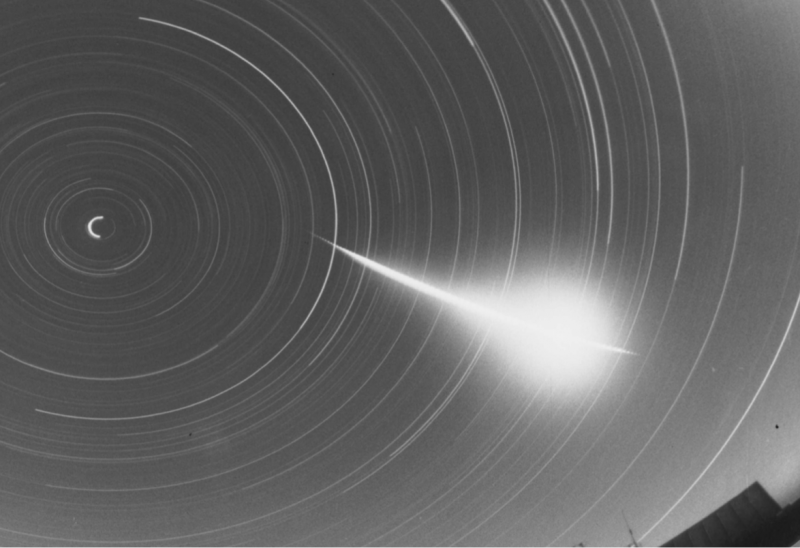
 earthsky.org
earthsky.org
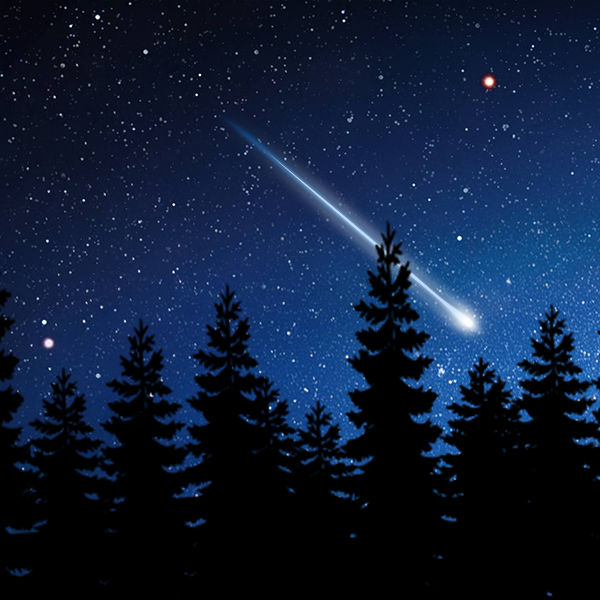
 fireballs.imo.net
fireballs.imo.net

 nypost.com
nypost.com
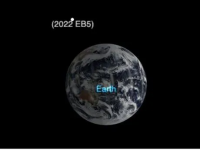
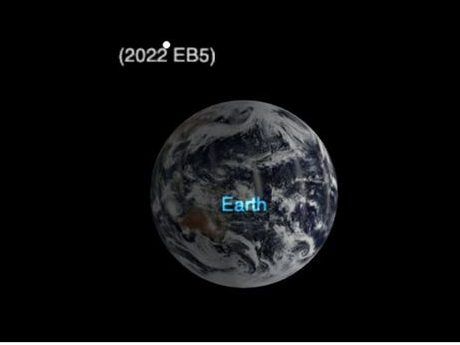
 torontosun.com
torontosun.com
Author of the article:Liz Braun
Publishing date:Mar 15, 2022 • 14 hours ago • 2 minute read • Join the conversation
An asteroid hit the Earth a few days ago — with only two hours warning
An asteroid hit the Earth a few days ago — with only two hours warning PHOTO BY @SPACEDOTCOM /Toronto Sun
Article content
Will we all be killed by falling asteroids?
Advertisement 2
STORY CONTINUES BELOW
Article content
An asteroid hit the Earth a few days ago — with only two hours warning, according to the New York Post.
Hungarian astronomer Krisztian Sarneczky, at the Konkoly Observatory near Budapest, identified a small asteroid hurtling toward earth that eventually came down just north of Iceland.
Called 2022 EB5, the small object was moving at 18.5 kilometres a second, a speed so intense that the asteroid vaporized upon entering Earth’s atmosphere. It’s unknown whether any pieces of the asteroid actually struck the ground.
But since some people in Iceland reported hearing a boom and seeing a flash of light, however, the International Meteor Organization has sought witnesses.
If the small meteor had struck the Earth, it would not have caused much damage, given its size.
According to earthsky.org, Sarneczky’s discovery of the meteor before it entered the Earth’s atmosphere is only the fifth time an asteroid has been discovered before impact.
Advertisement 3
STORY CONTINUES BELOW
Article content
This prompted astronomer Marian Rudnyk to tweet that the rarity of these pre-impact discoveries “shows just how dangerous they are & how vulnerable we are.”
It’s a theme Hollywood has explored in the past.
So has NASA. A recent report from the space agency outlines the results of a simulated asteroid impact response, sponsored by NASA and the Federal Emergency Management Agency (FEMA), and hosted by the Johns Hopkins Applied Physics Laboratory.
Over two days, the exercise determined how well federal, state, and local agencies could work together and coordinate an effective response.
“This specific exercise marked the first time an end-to-end simulation of this type of disaster was studied, to include assessing a scenario from discovery of the asteroid impact threat through the aftermath effects of its hypothetical impact with Earth,” said Lindley Johnson, planetary defence officer at NASA Headquarters.
“An asteroid impact to our planet is potentially the only natural disaster humanity is capable of accurately predicting and preventing,” he said.
That might be premature.
Later this year, NASA’s Double Asteroid Redirection Test (DART) mission will demonstrate (via kinetic impact deflection) the technology for defending Earth against potential asteroid impacts.
Still, technology like DART will only work if any threat is discovered with enough warning time, which runs to several years.

NASA, FEMA, Other U.S. Partners Simulate Asteroid Impact Response - NASA
This past month, NASA, FEMA, the United States Space Command, and other federal, state and local agencies convened for the fourth iteration of a Planetary

| EarthSky

International Meteor Organization Report a Fireball: it's fun and easy!
You saw something bright and fast? Like a huge shooting star? Report it: it may be a fireball.

Asteroid discovered only two hours before Earth impact
Designated 2022 EB5, the small rocky object impacted Earth just north of Iceland.


Asteroids rarely discovered prior to impact with earth
Will we all be killed by falling asteroids?
